- Accueil
- 360 articles sur correcteur
- PDF] A visual analytic study of retracted articles in scientific literature
PDF] A visual analytic study of retracted articles in scientific literature
4.8 (468) · € 26.50 · En Stock
This article demonstrates a visual analytic study of retracted articles with reference to the rest of the literature and shows how their citations are influenced by their retraction and recommends that new visual analytic and science mapping tools should take retracted articles into account and facilitate tasks specifically related to the detection and monitoring of retracted article. Retracting published scientific articles is increasingly common. Retraction is a self-correction mechanism of the scientific community to maintain and safeguard the integrity of scientific literature. However, a retracted article may pose a profound and long-lasting threat to the credibility of the literature. New articles may unknowingly build their work on false claims made in retracted articles. Such dependencies on retracted articles may become implicit and indirect. Consequently, it becomes increasingly important to detect implicit and indirect threats. In this article, our aim is to raise the awareness of the potential threats of retracted articles even after their retraction and demonstrate a visual analytic study of retracted articles with reference to the rest of the literature and how their citations are influenced by their retraction. The context of highly cited retracted articles is visualized in terms of a co-citation network as well as the distribution of articles that have high-order citation dependencies on retracted articles. Survival analyses of time to retraction and postretraction citation are included. Sentences that explicitly cite retracted articles are extracted from full-text articles. Transitions of topics over time are depicted in topic-flow visualizations. We recommend that new visual analytic and science mapping tools should take retracted articles into account and facilitate tasks specifically related to the detection and monitoring of retracted articles.

SILA: a system for scientific image analysis
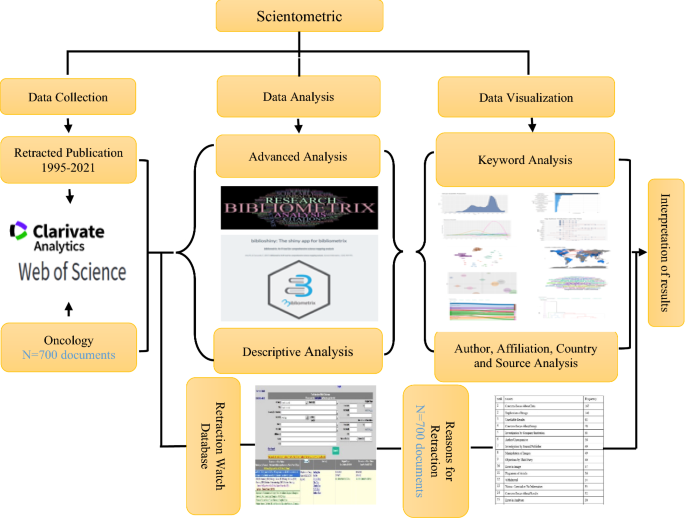
Retracted articles in oncology in the last three decades: frequency, reasons, and themes

127 papers from India retracted for image duplication, manipulation
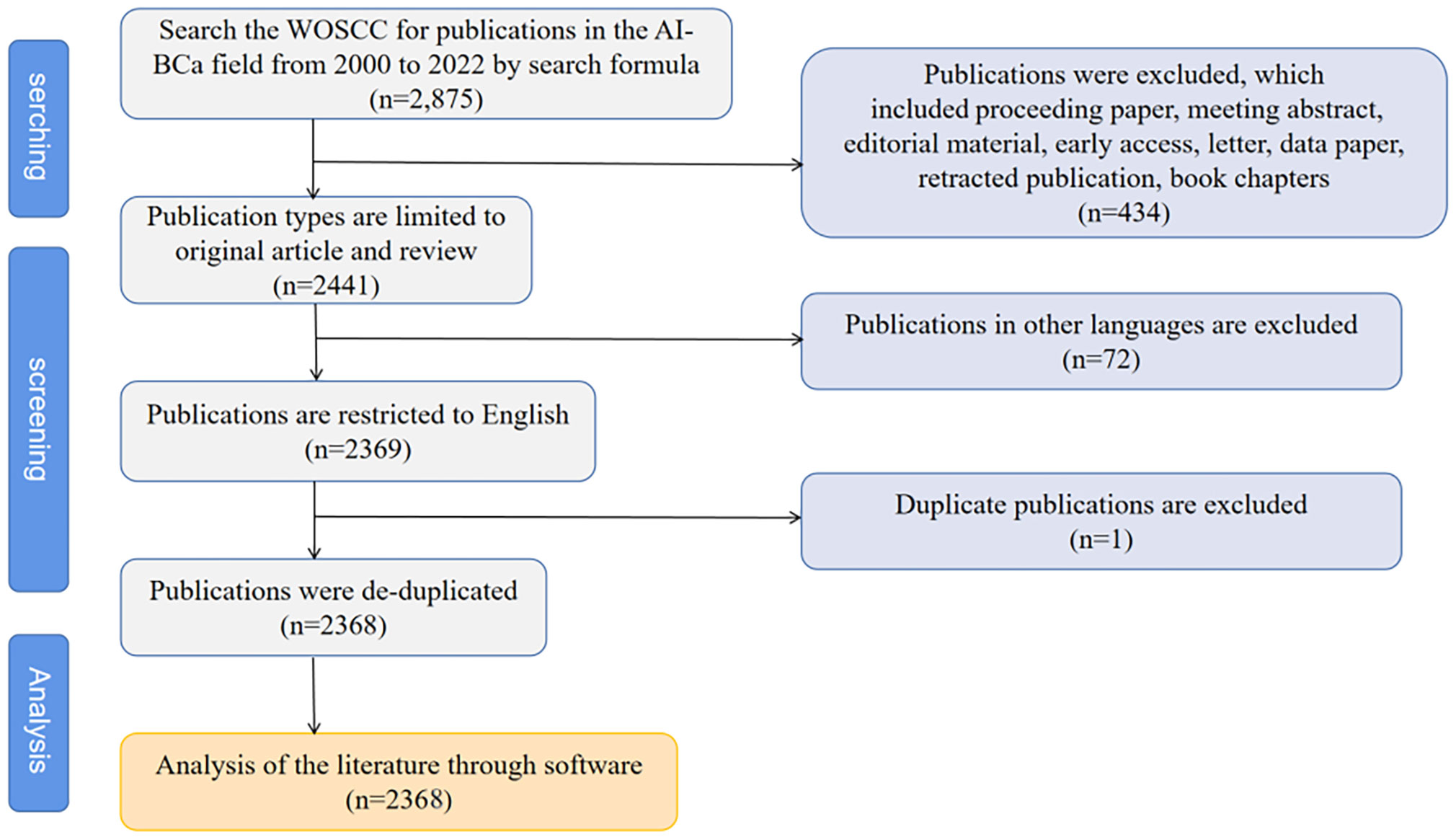
Frontiers Global research trends of the application of artificial intelligence in bladder cancer since the 21st century: a bibliometric analysis

Automatic detection of image manipulations in the biomedical literature
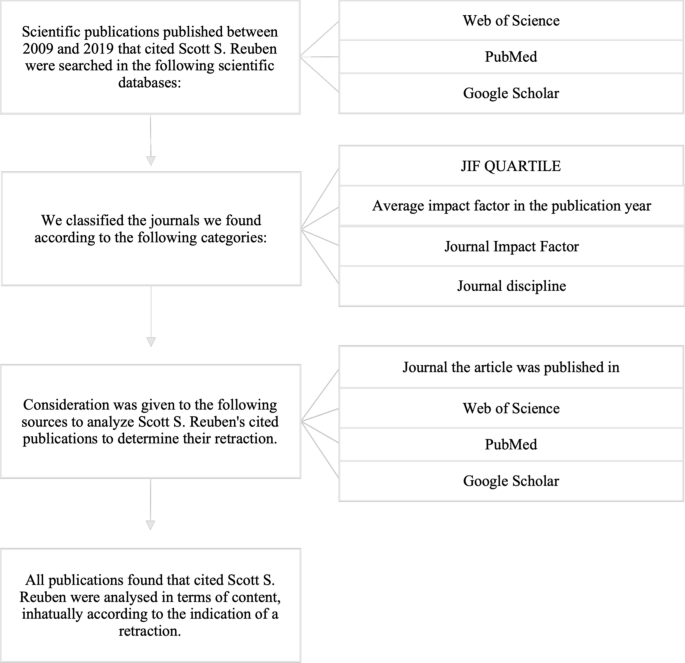
Citation of retracted research: a case-controlled, ten-year follow-up scientometric analysis of Scott S. Reuben's malpractice

PDF) A qualitative and quantitative citation analysis toward retracted articles: a case of study

Top 16 Digital Tools Every Researcher Should Know About
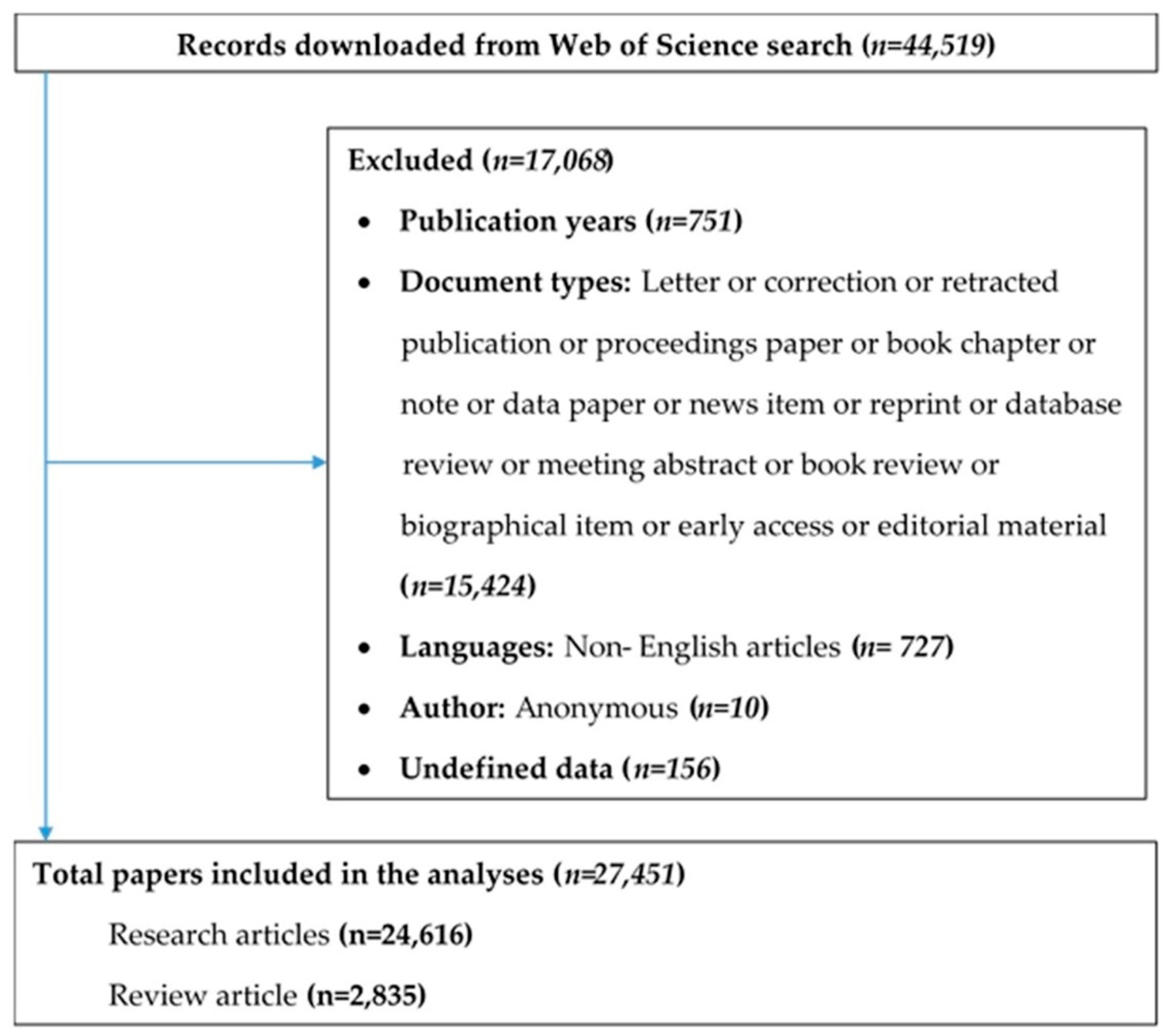
JCM, Free Full-Text
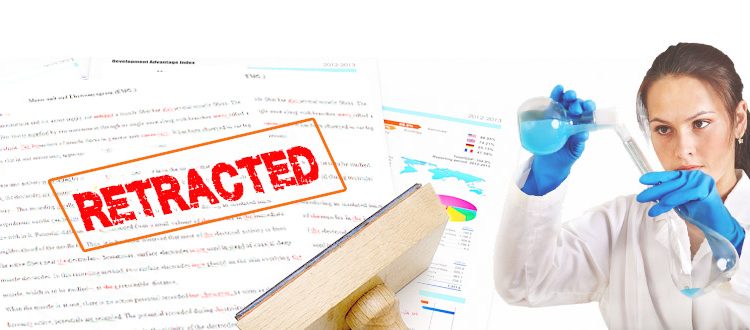
How Do Article Retractions Affect Researchers? - Enago Academy
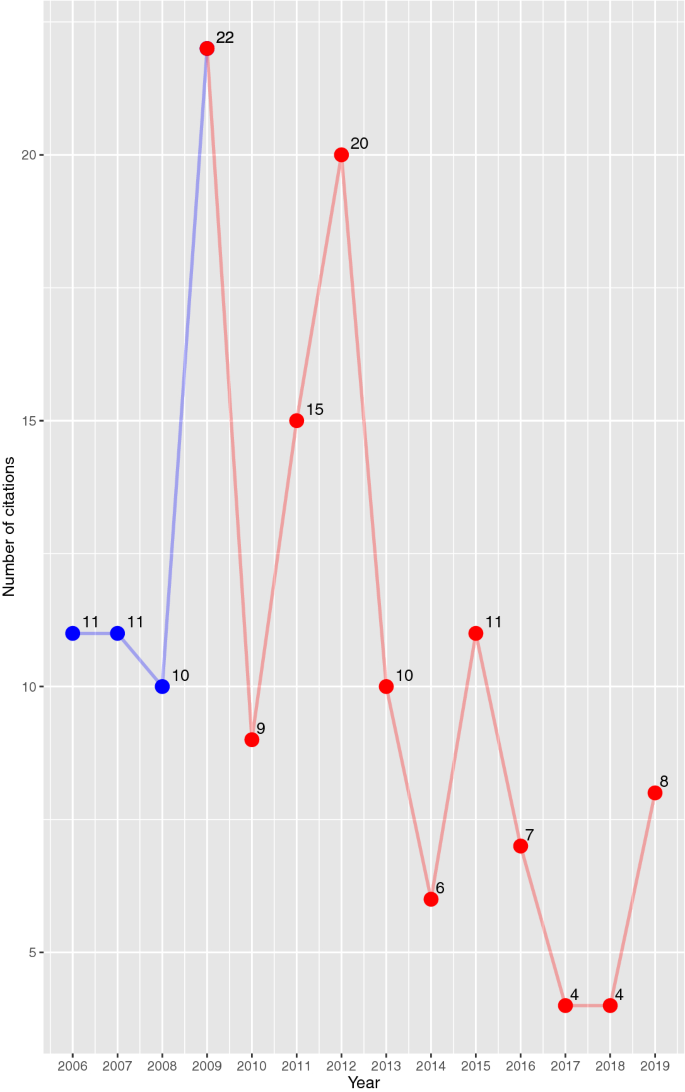
Continued post-retraction citation of a fraudulent clinical trial report, 11 years after it was retracted for falsifying data

Why the Journal of Personality and Social Psychology Should Retract Article DOI: 10.1037/a0021524 “Feeling the Future: Experimental evidence for anomalous retroactive influences on cognition and affect” by Daryl J. Bem

PDF) Comprehensive analysis of retracted journal articles in the field of veterinary medicine and animal health

An observation framework for retracted publications in multiple dimensions

Famous psychologist faces posthumous reckoning











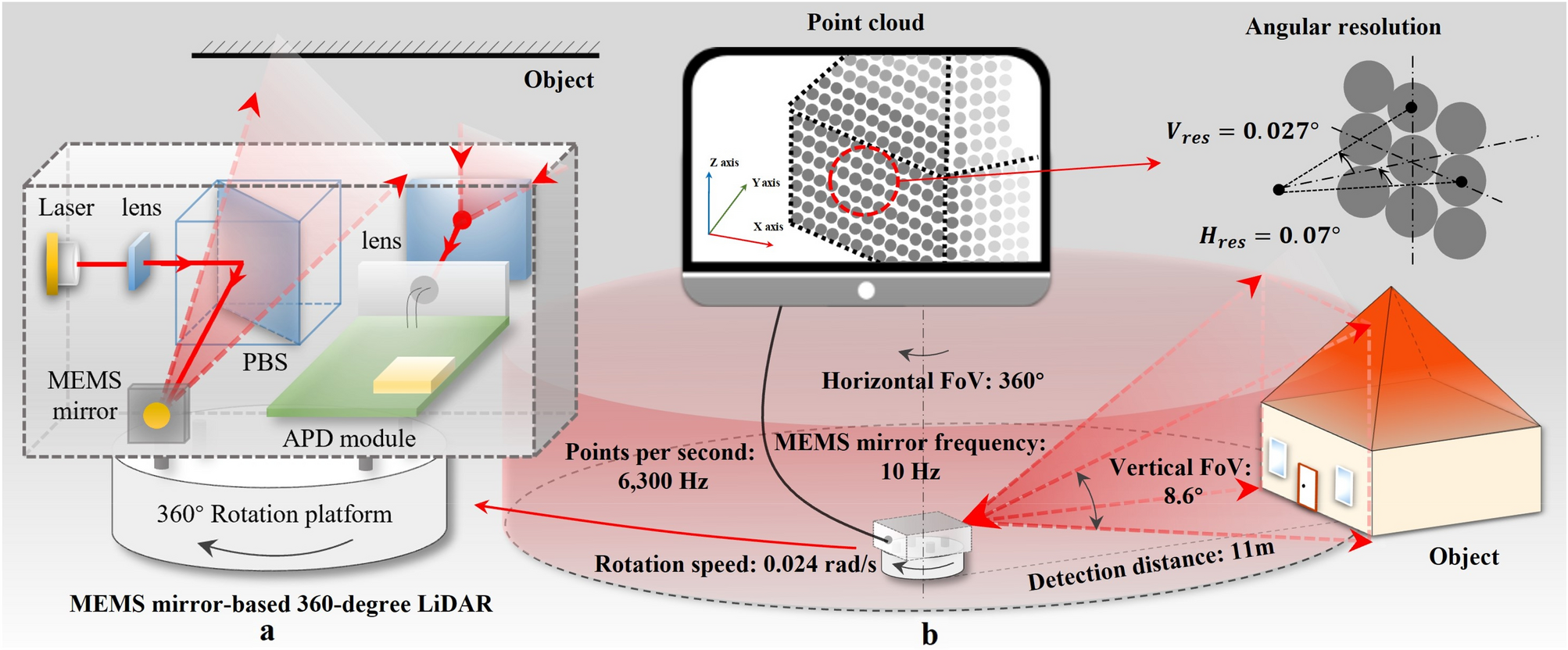
![PDF] A visual analytic study of retracted articles in scientific literature](https://d3i71xaburhd42.cloudfront.net/1d17f908fabdd0e130a4ca6d1e2b51147cbba081/4-Figure4-1.png)